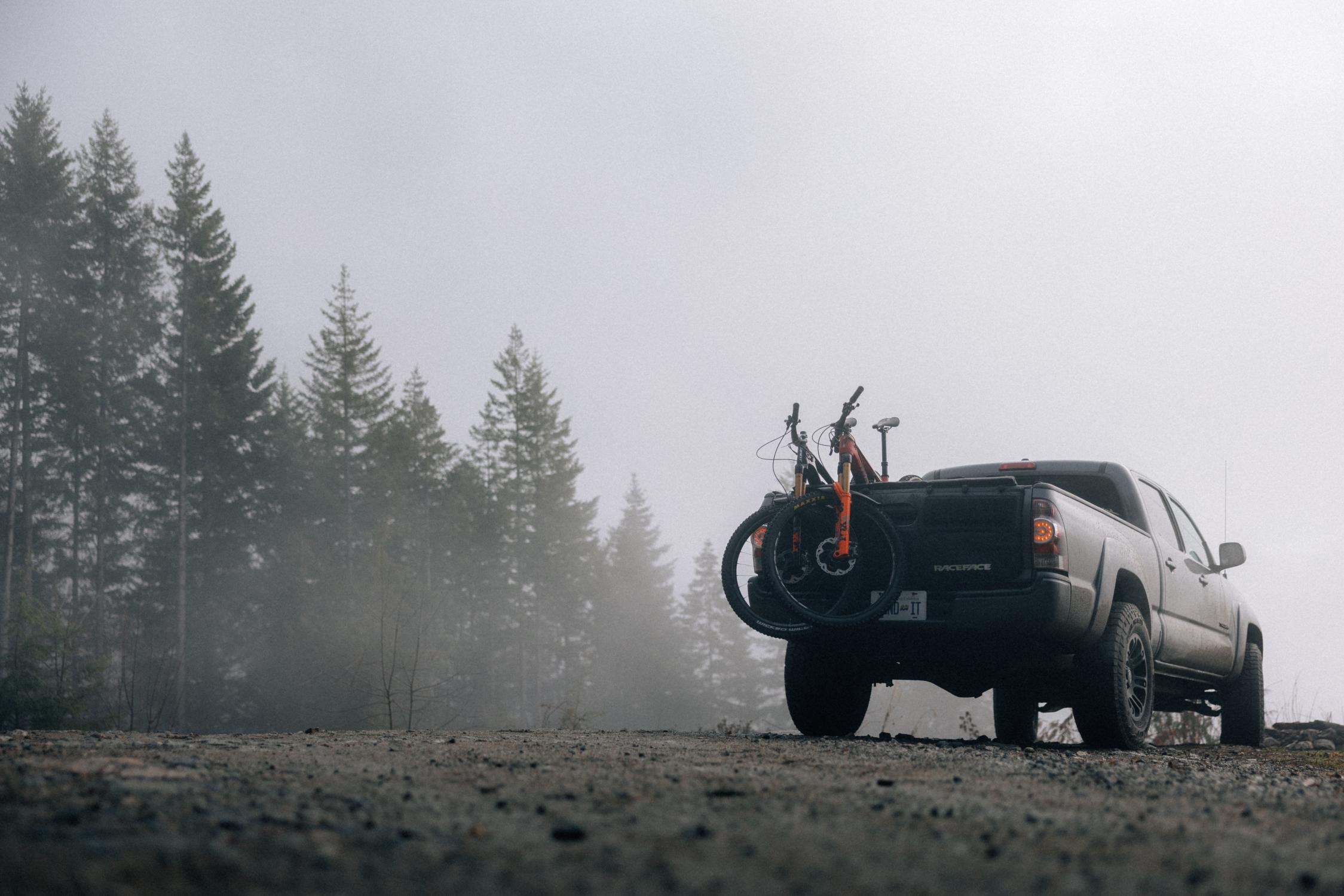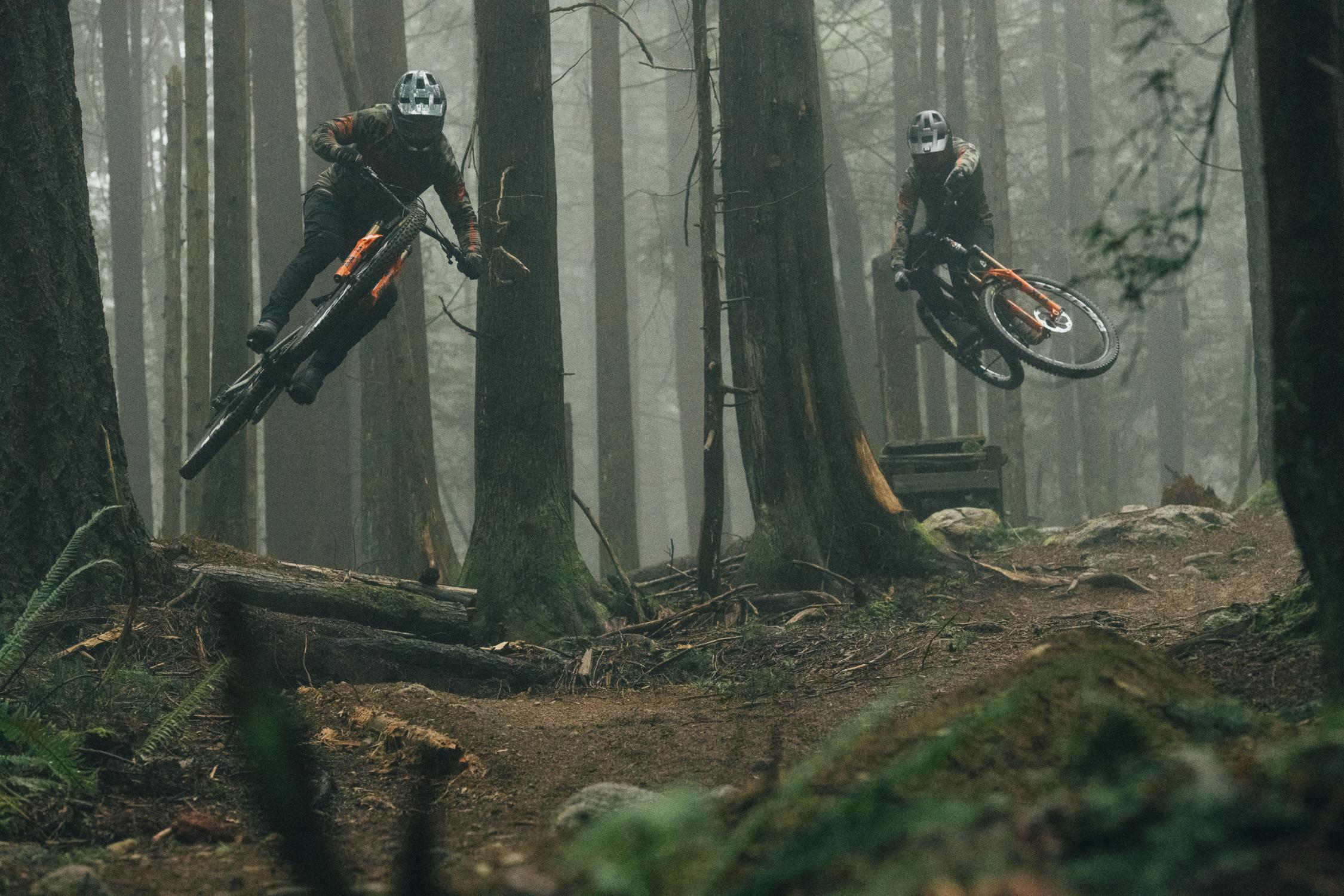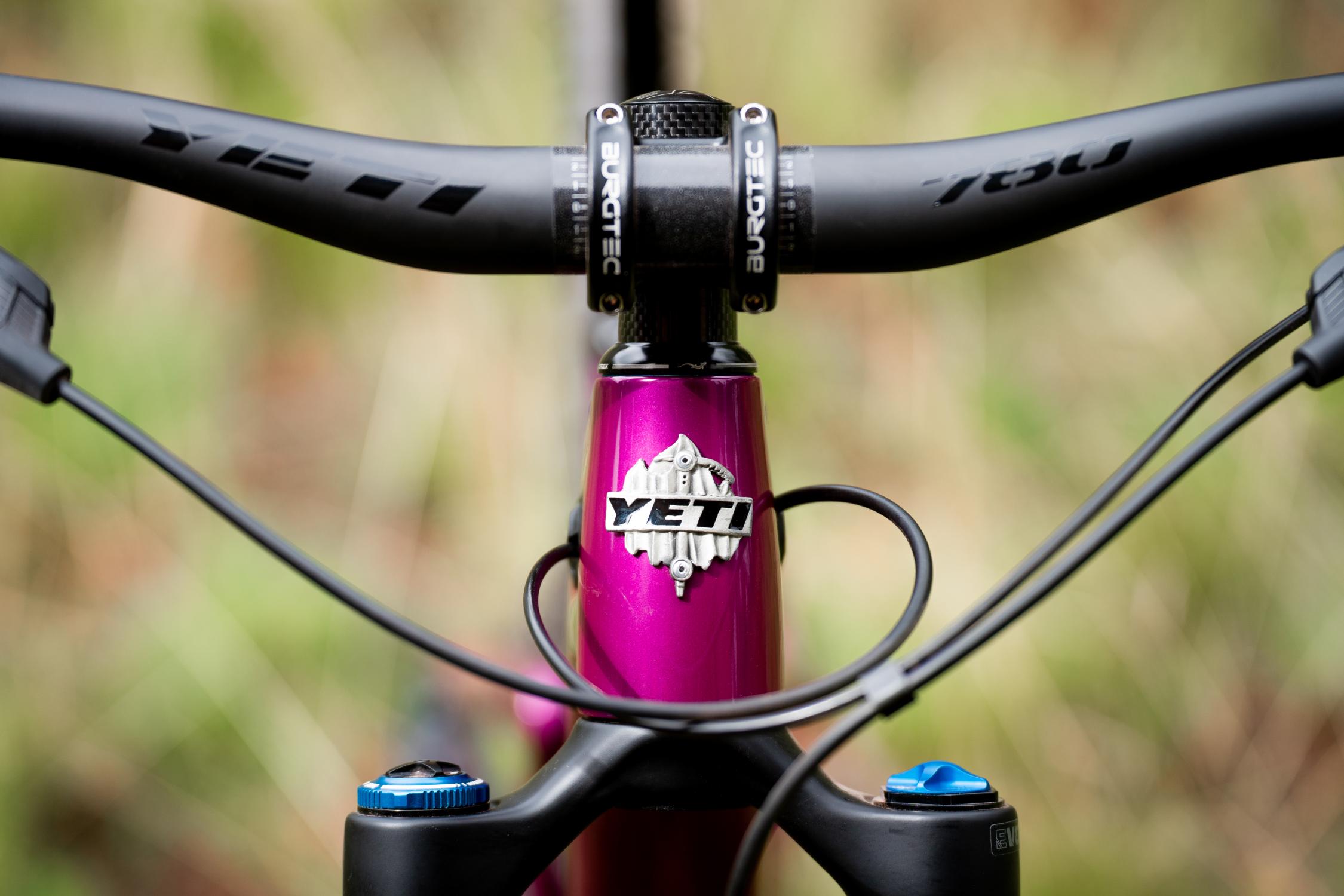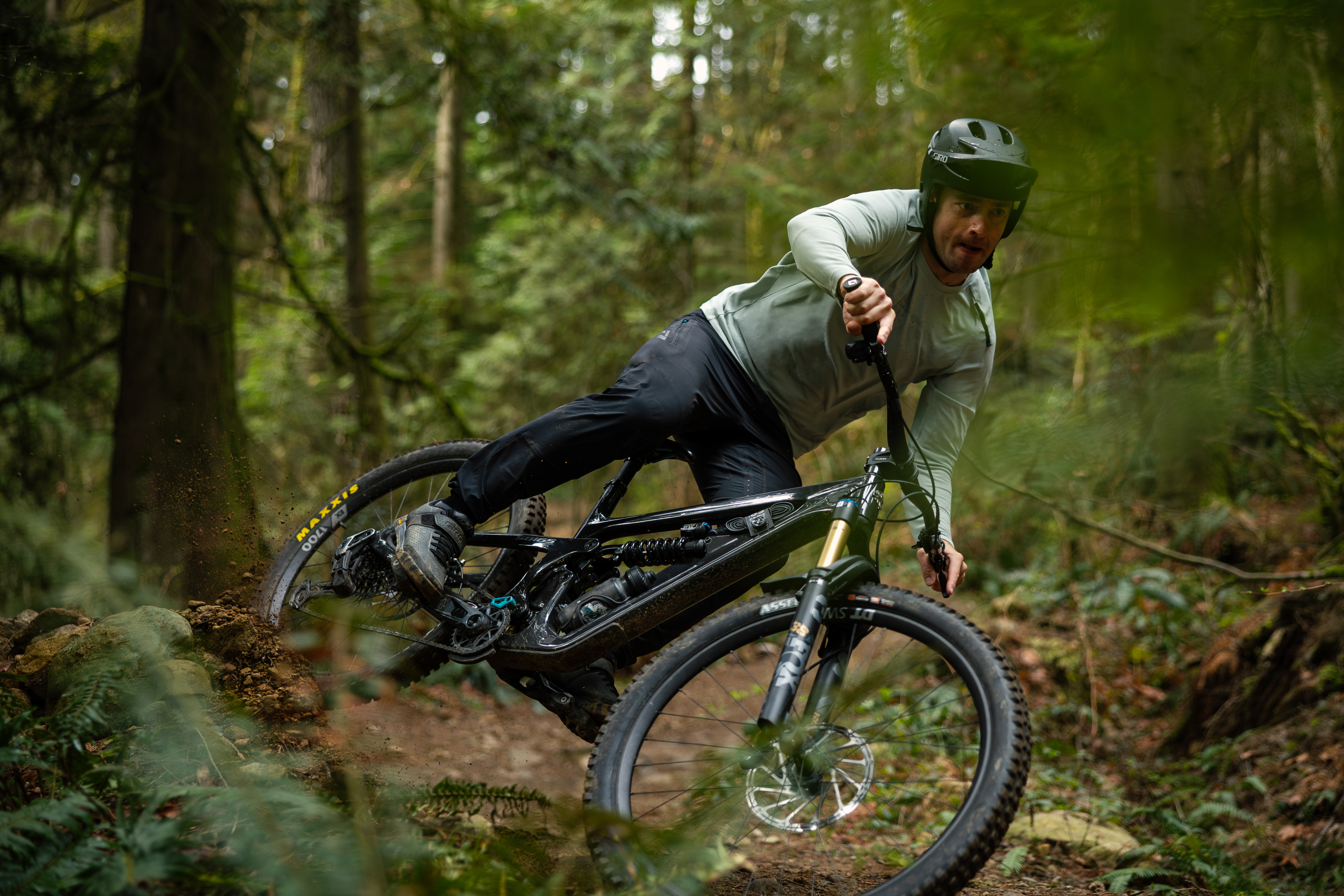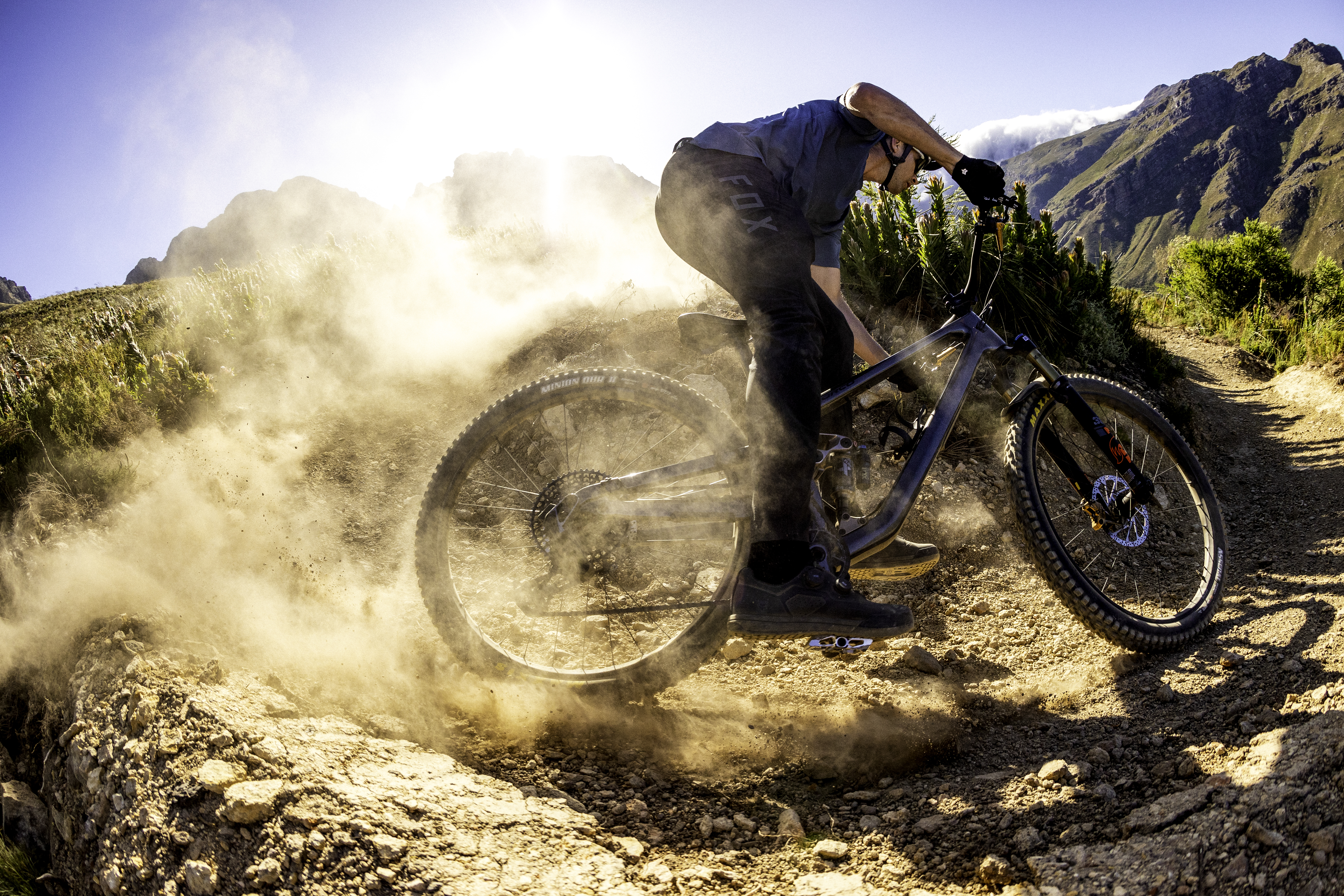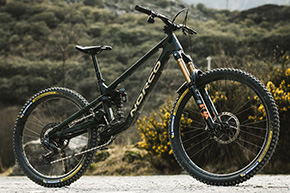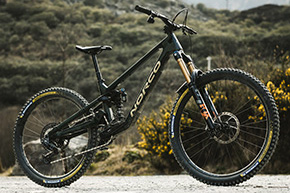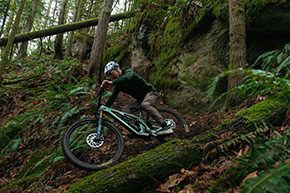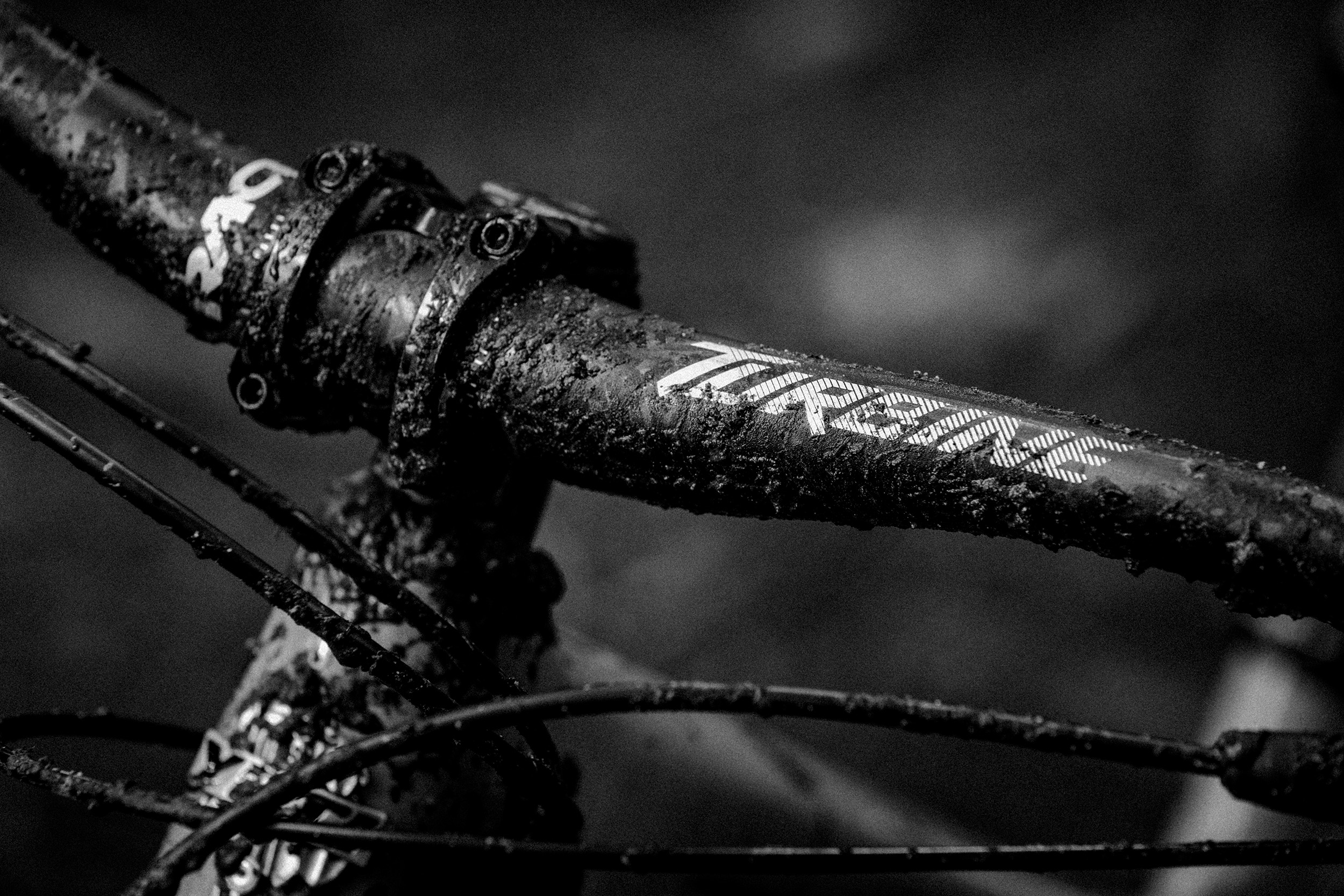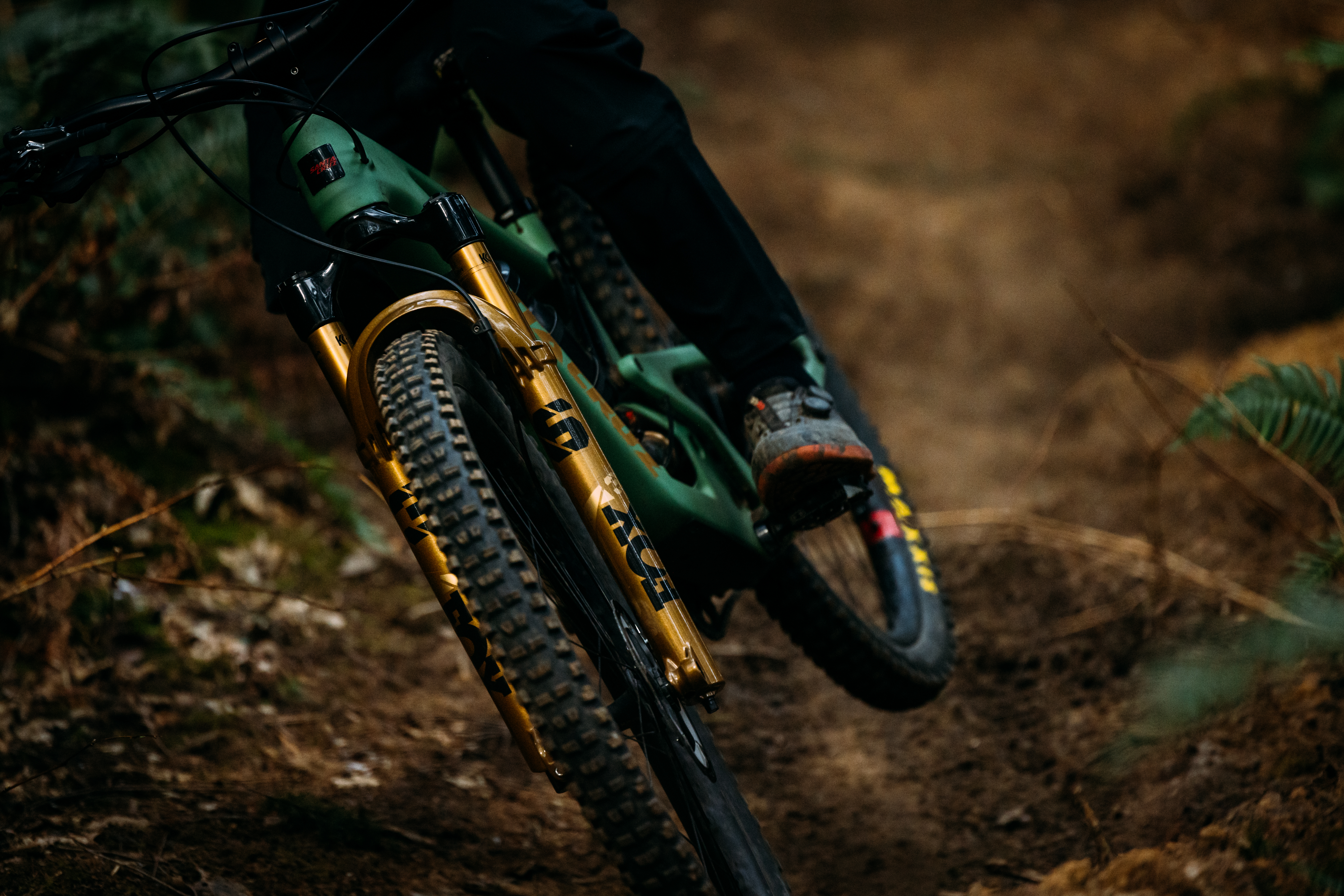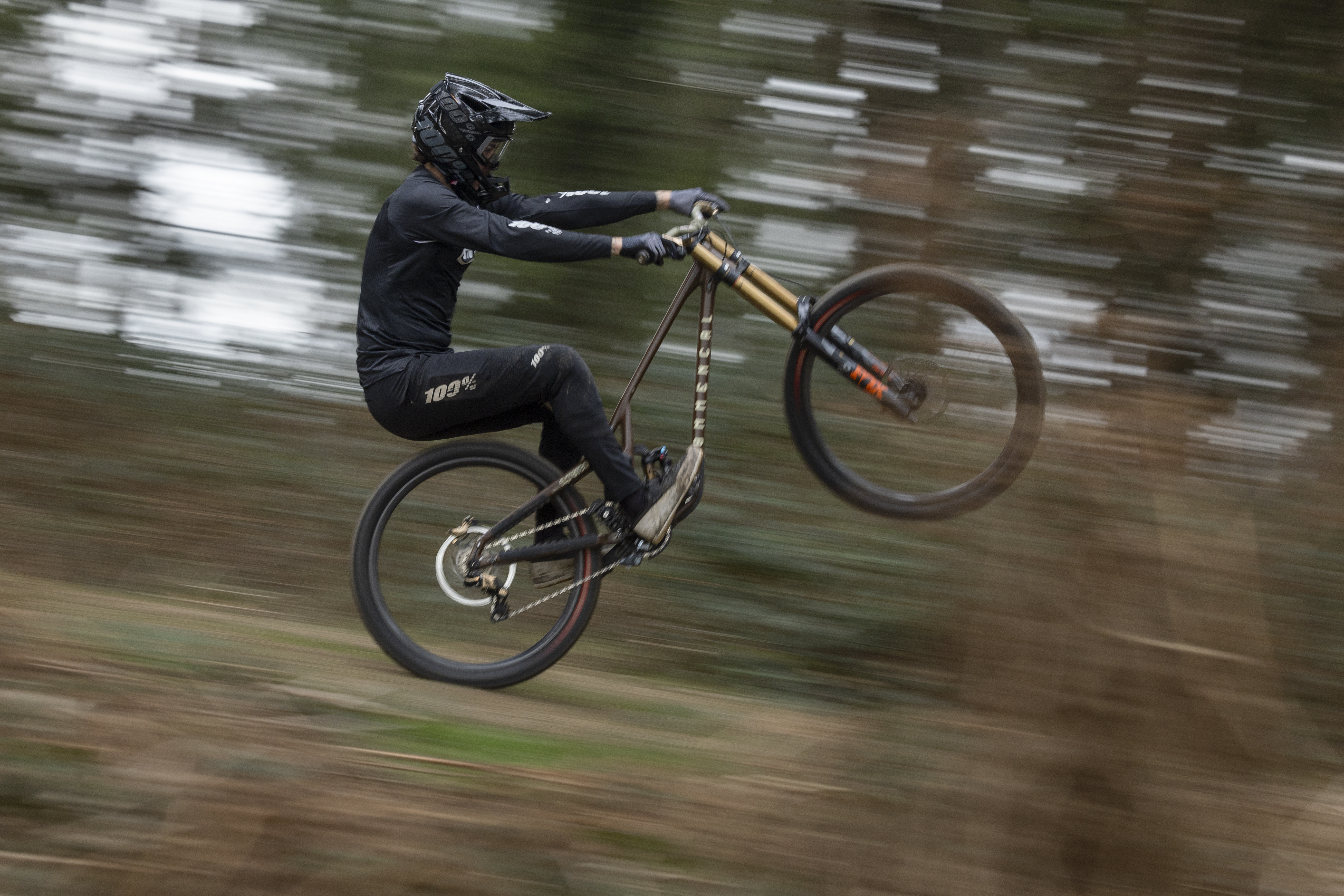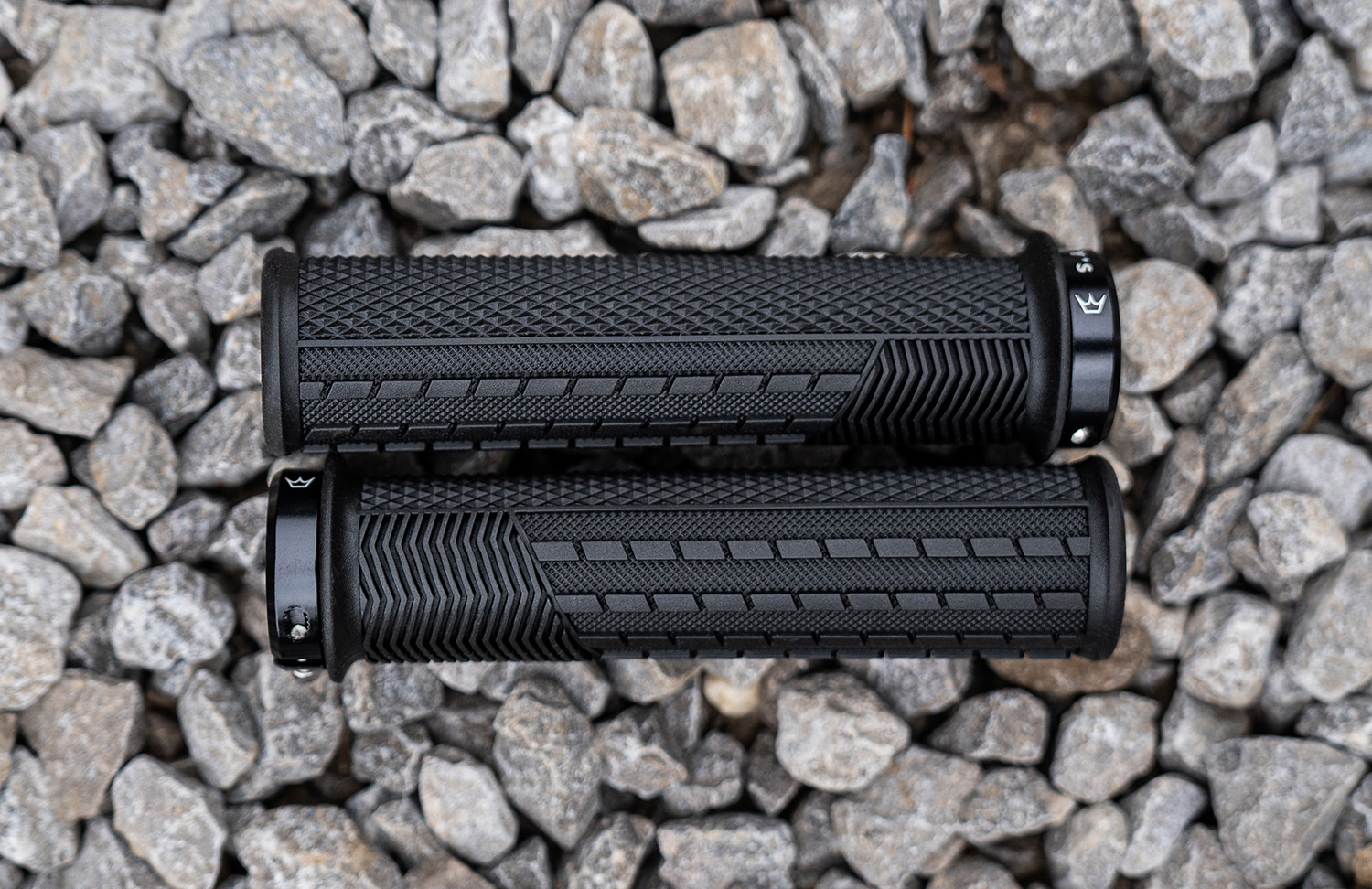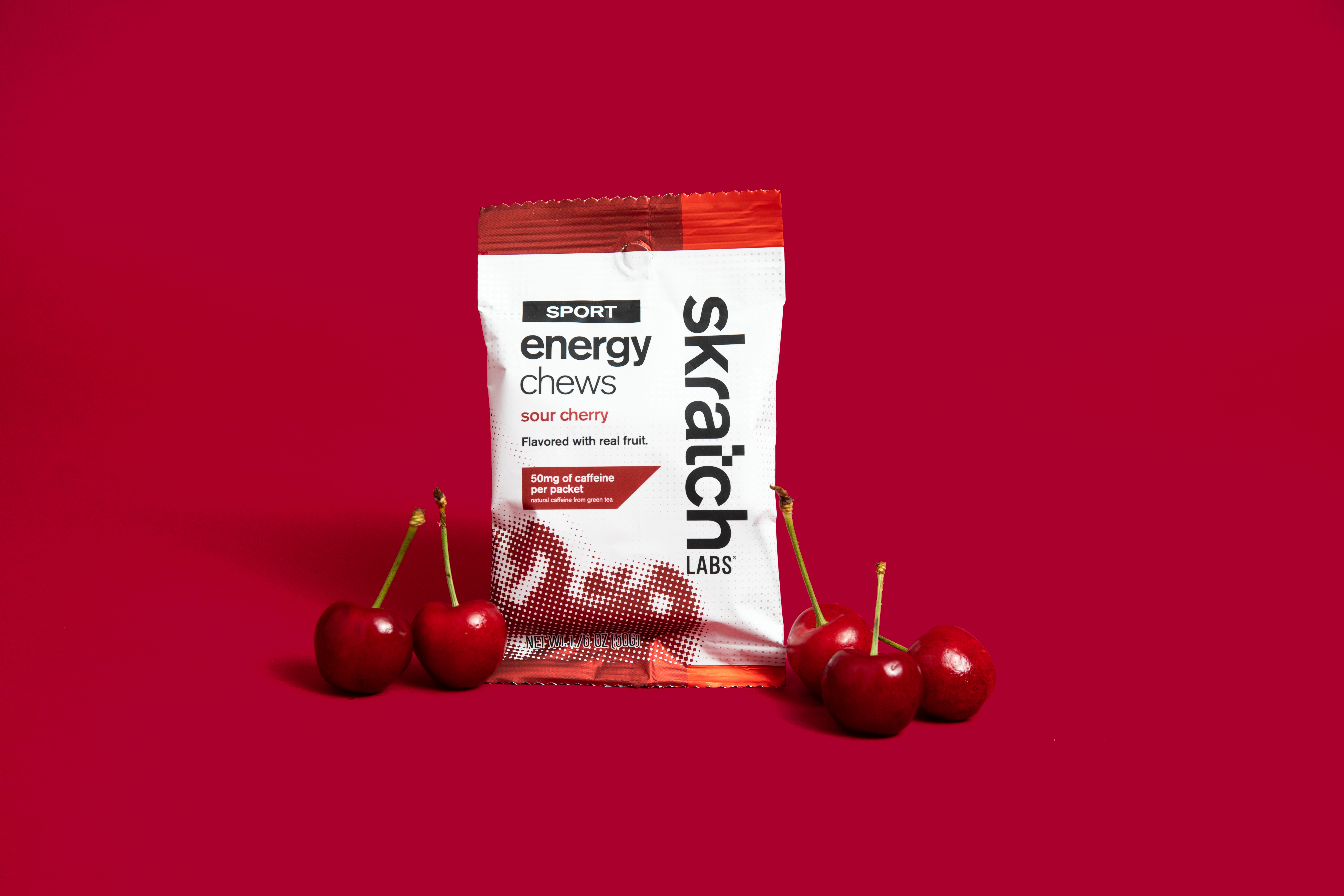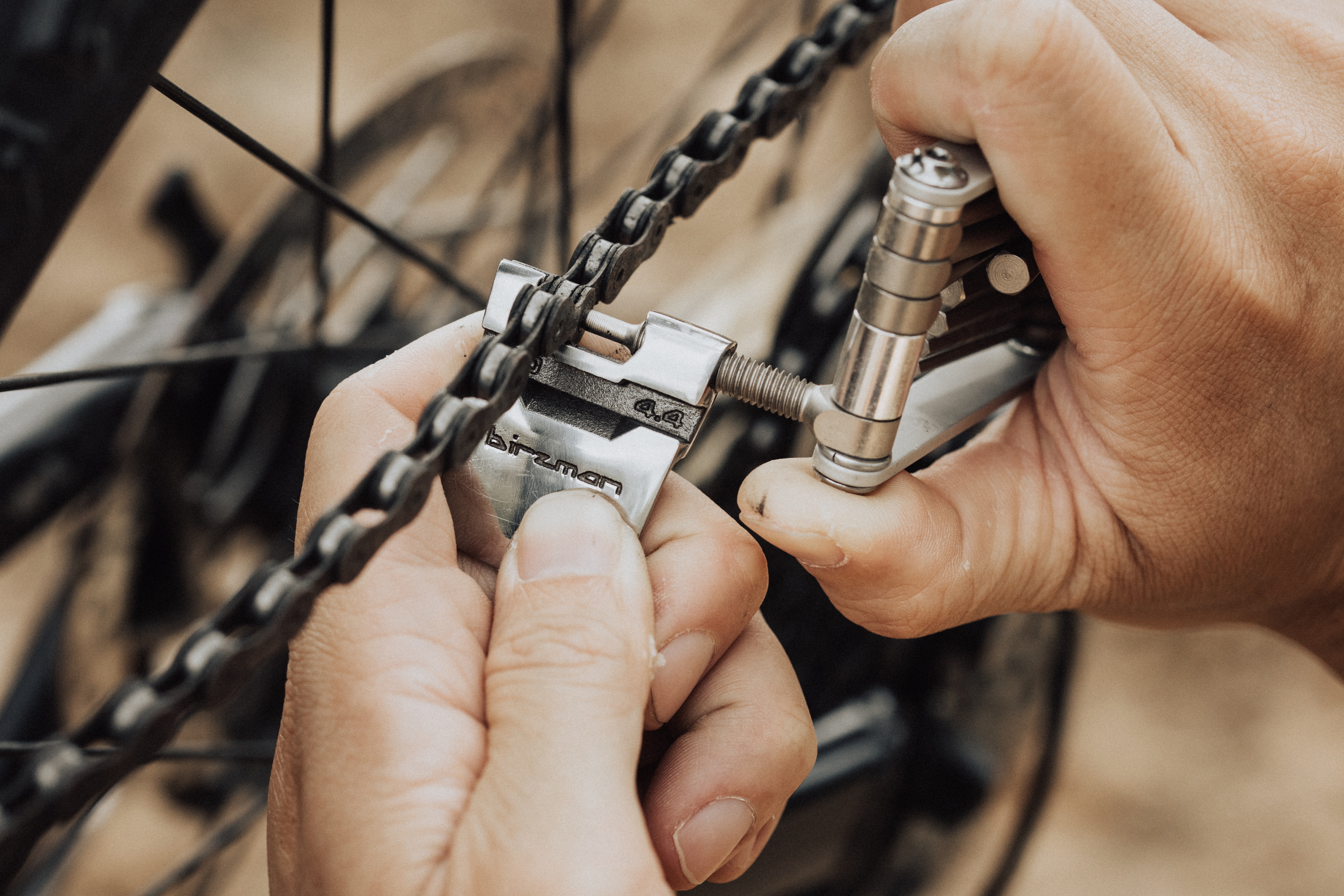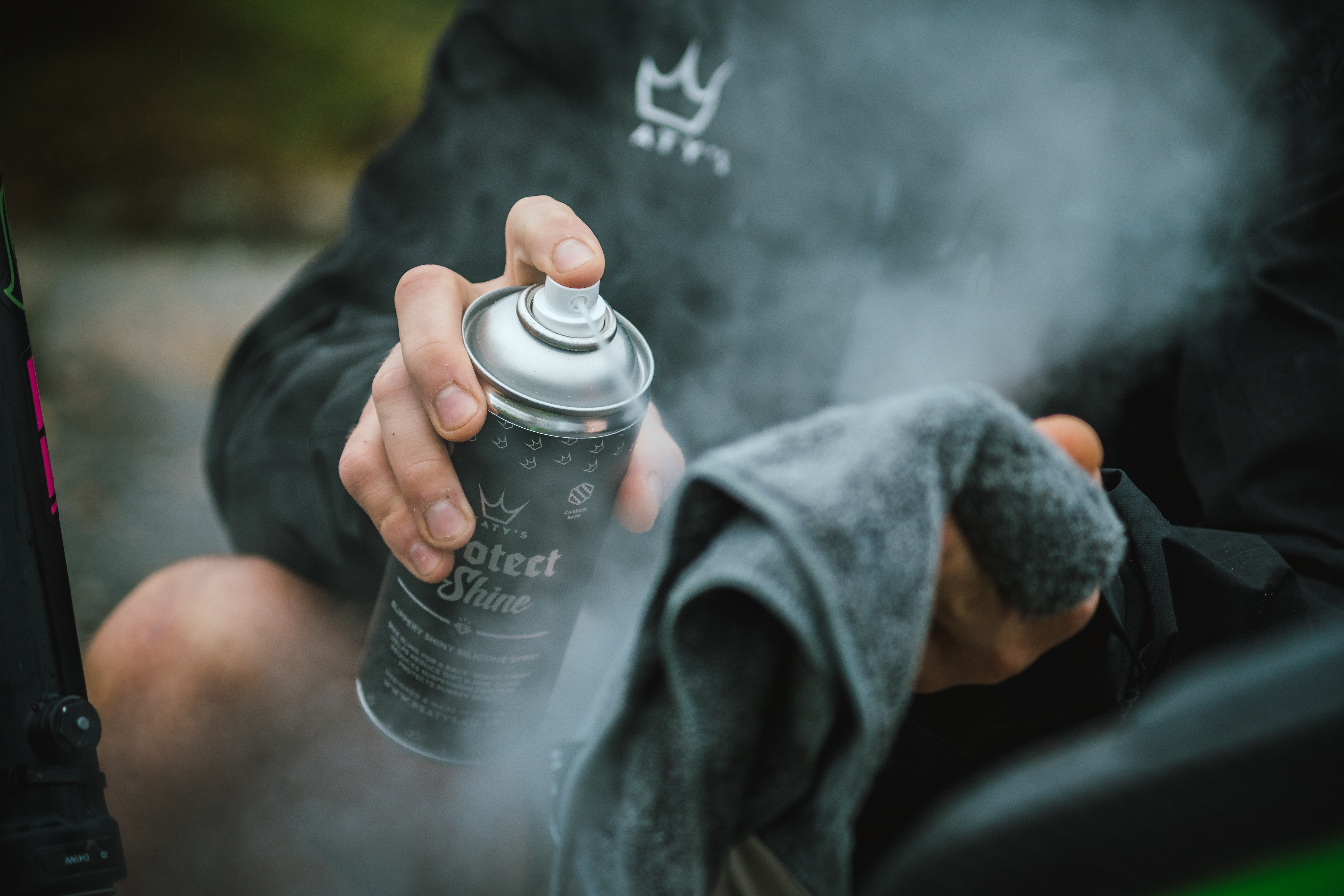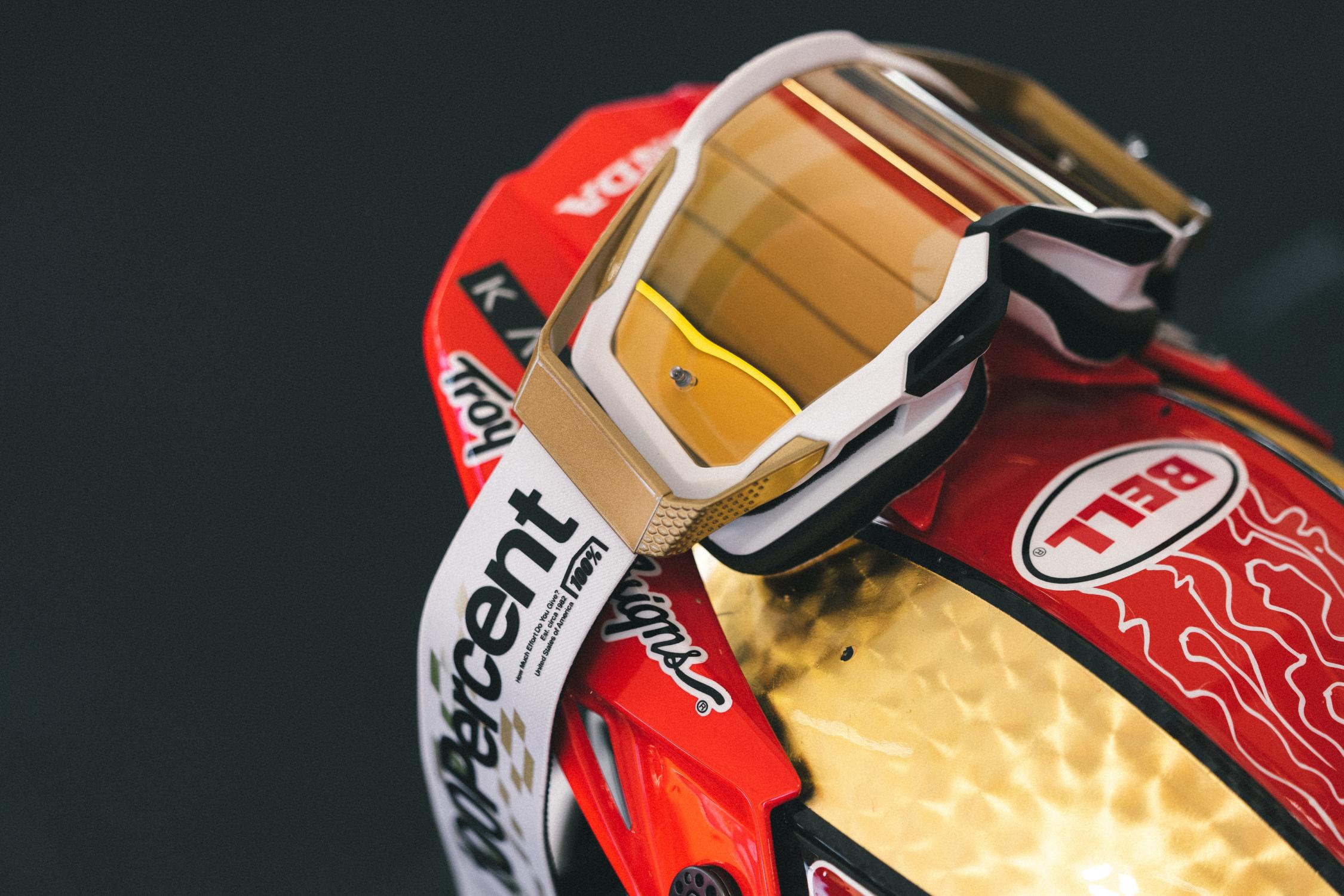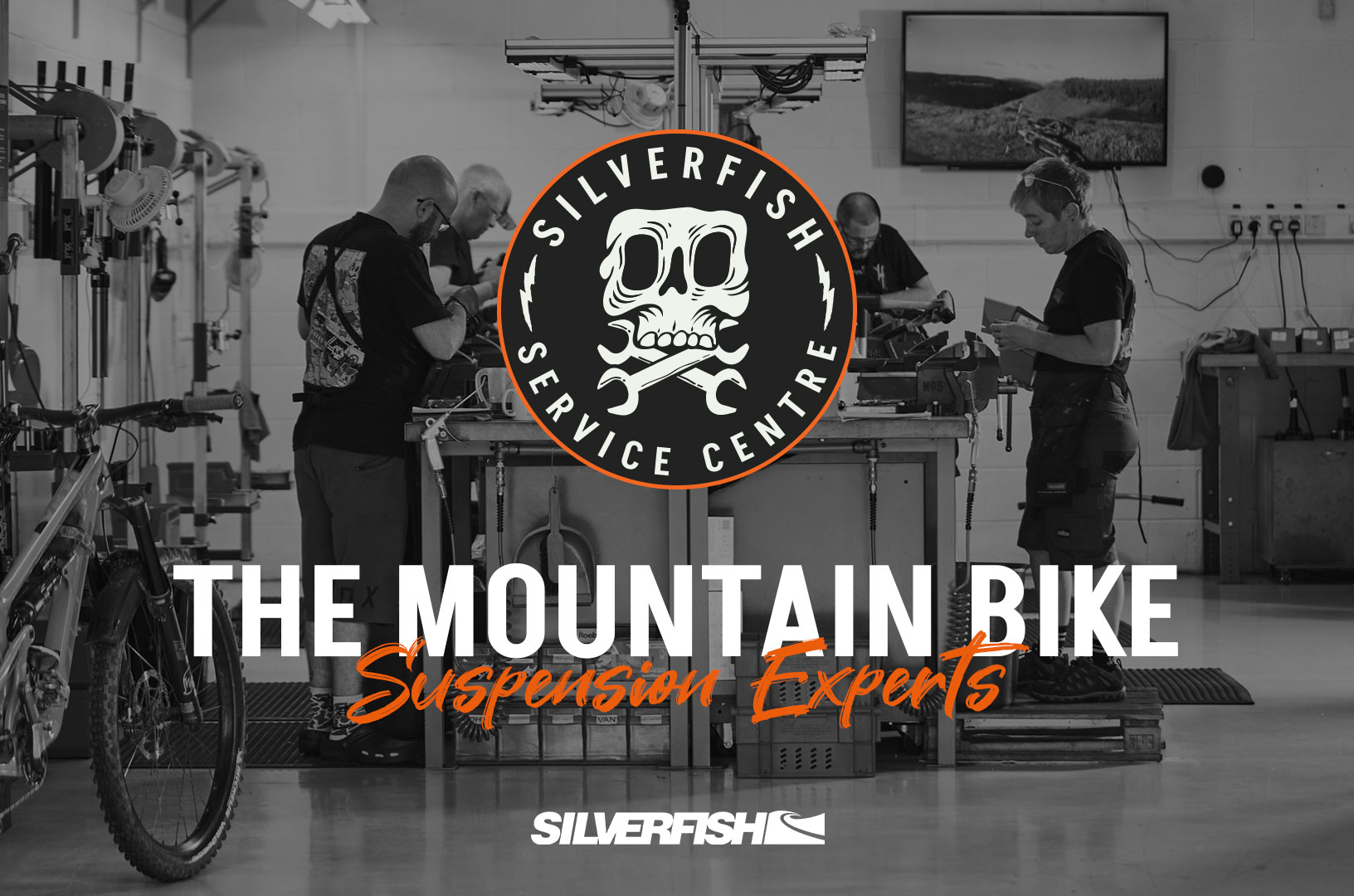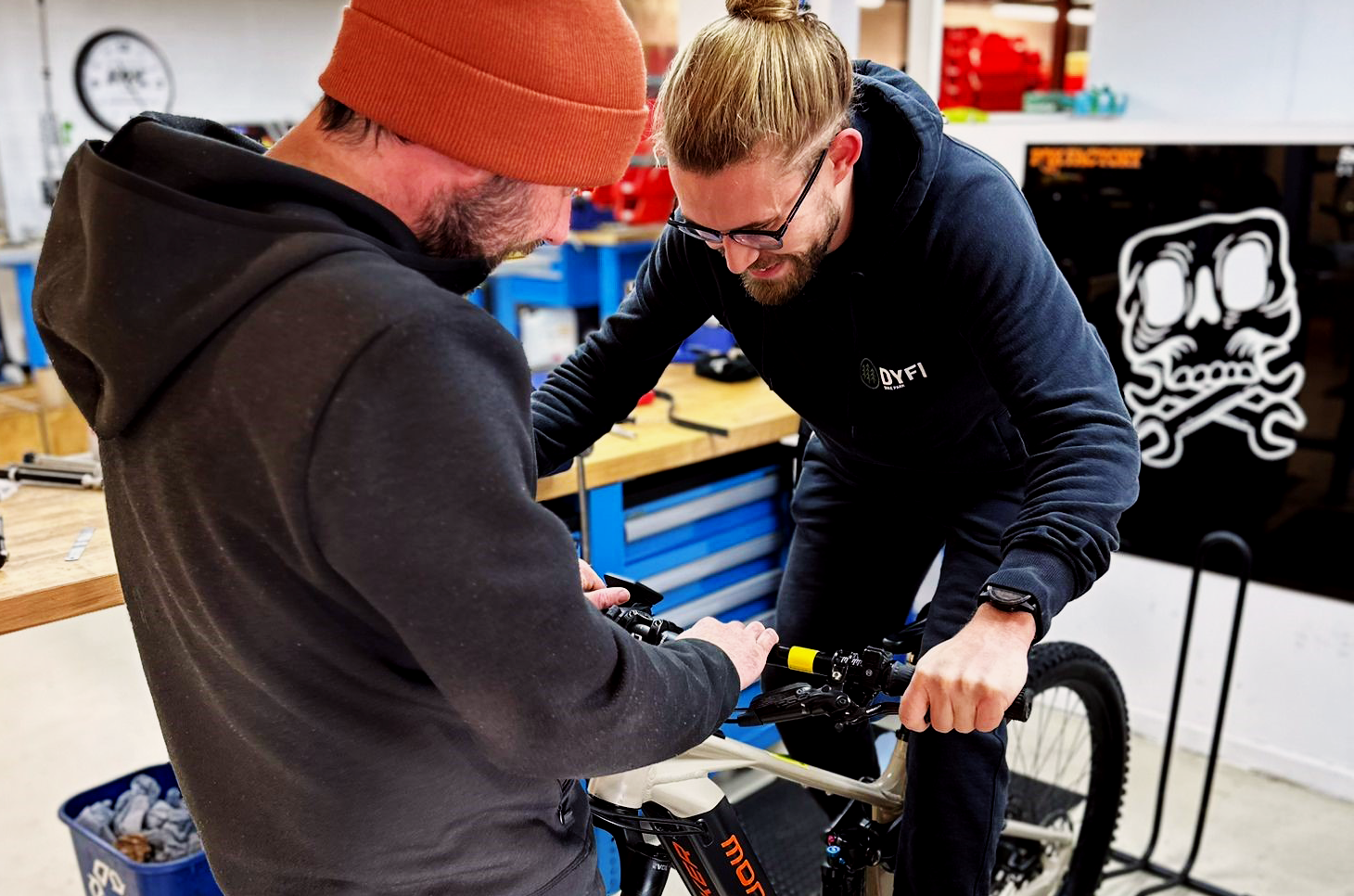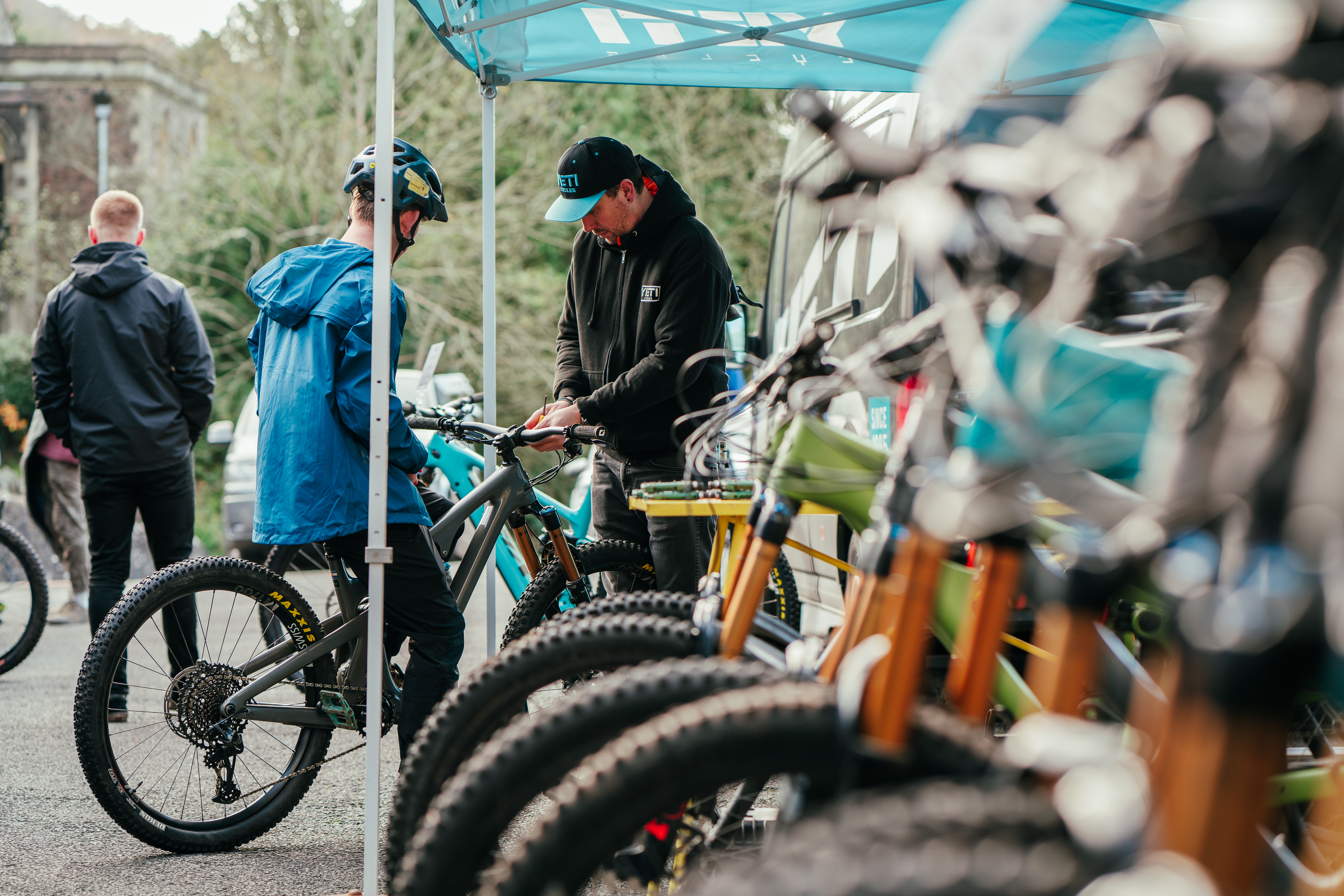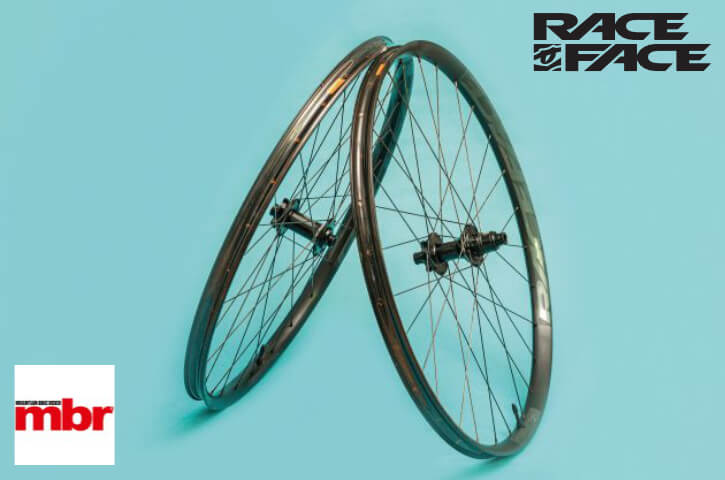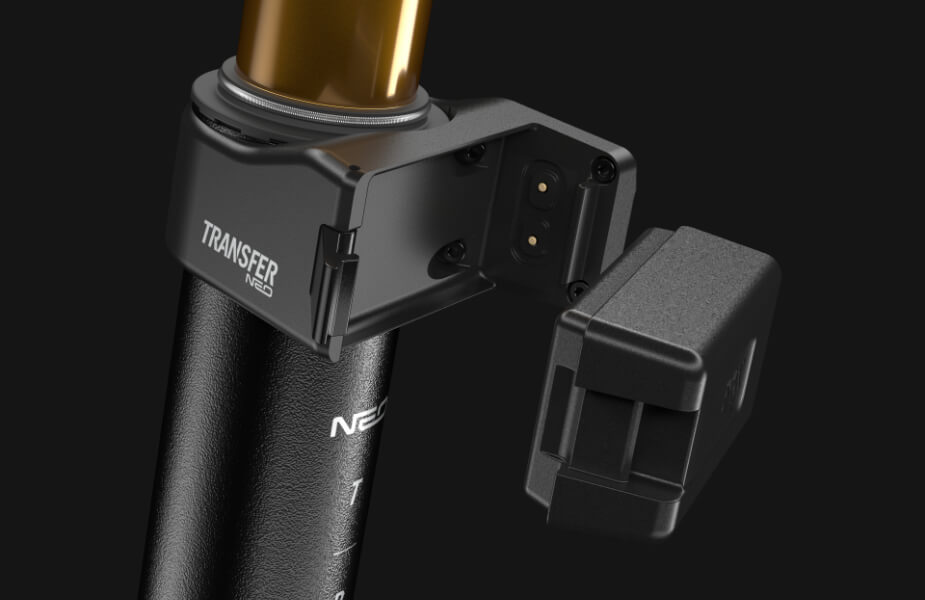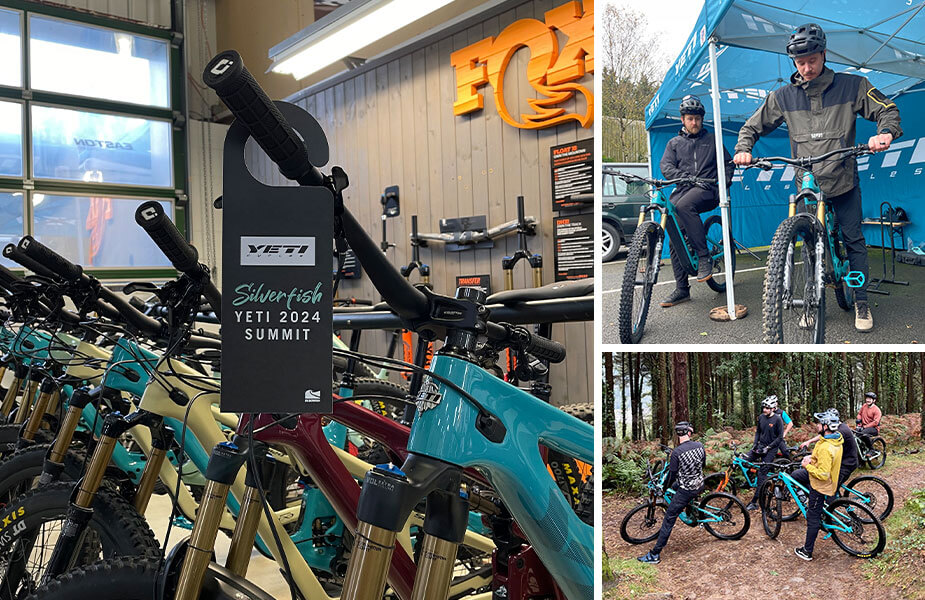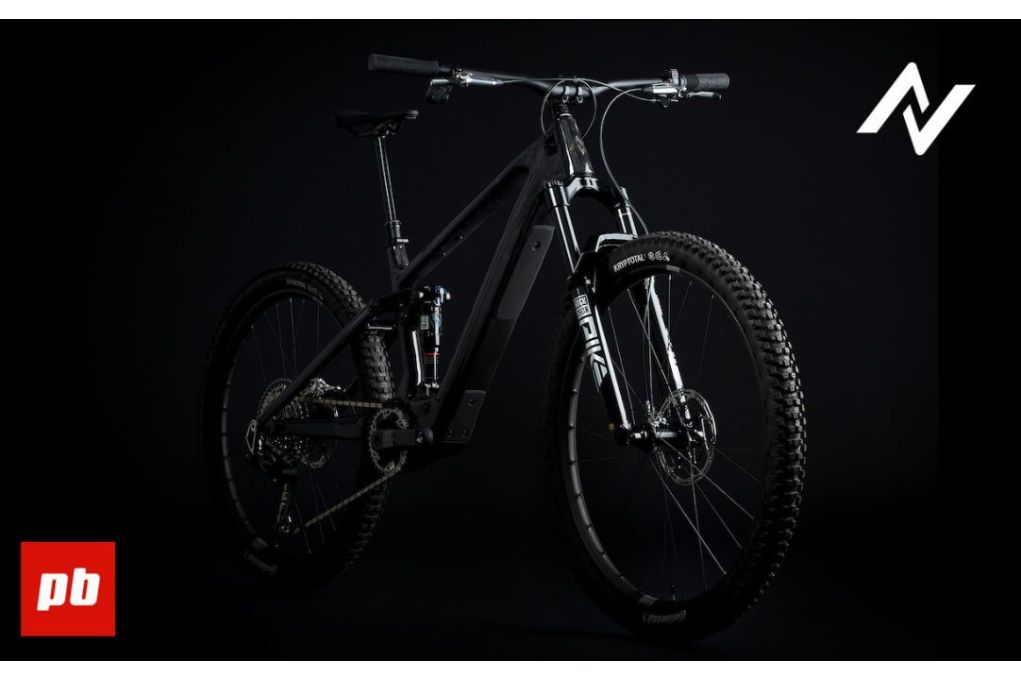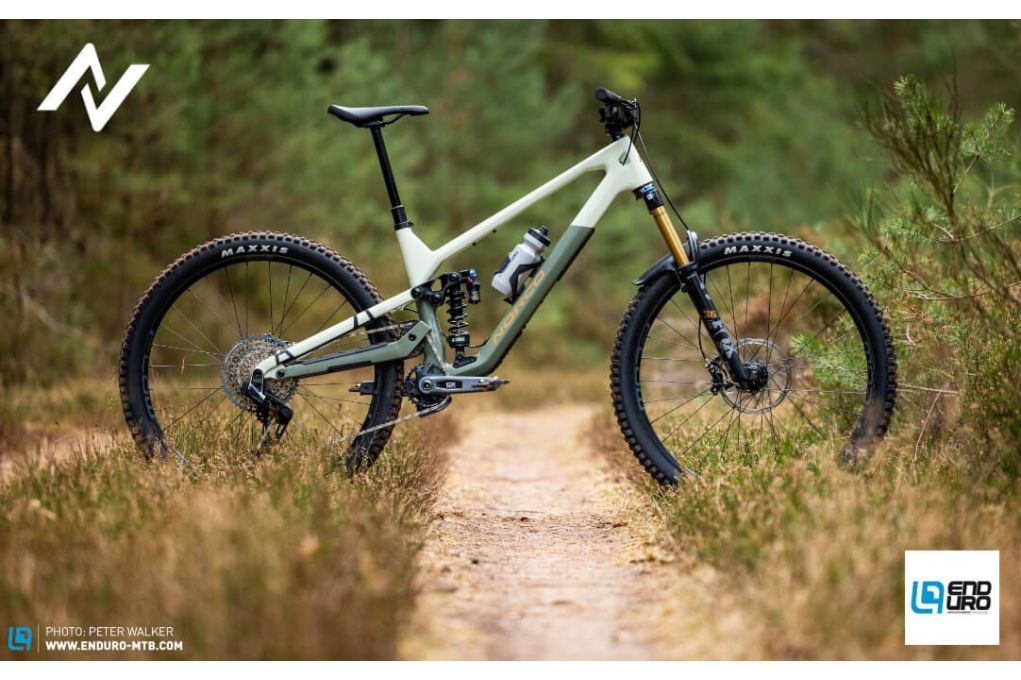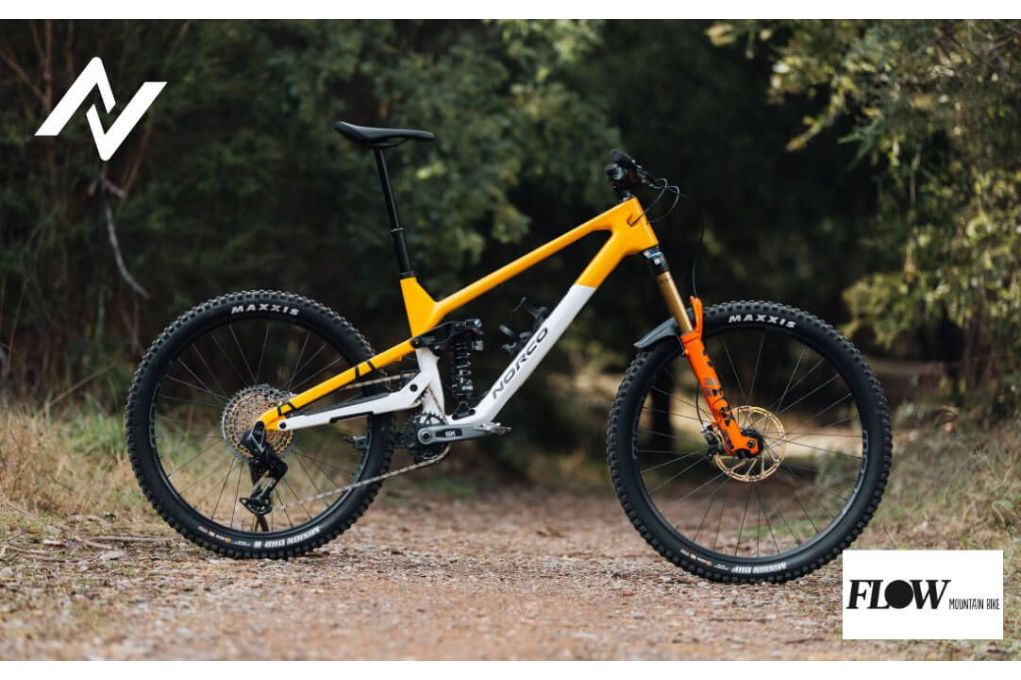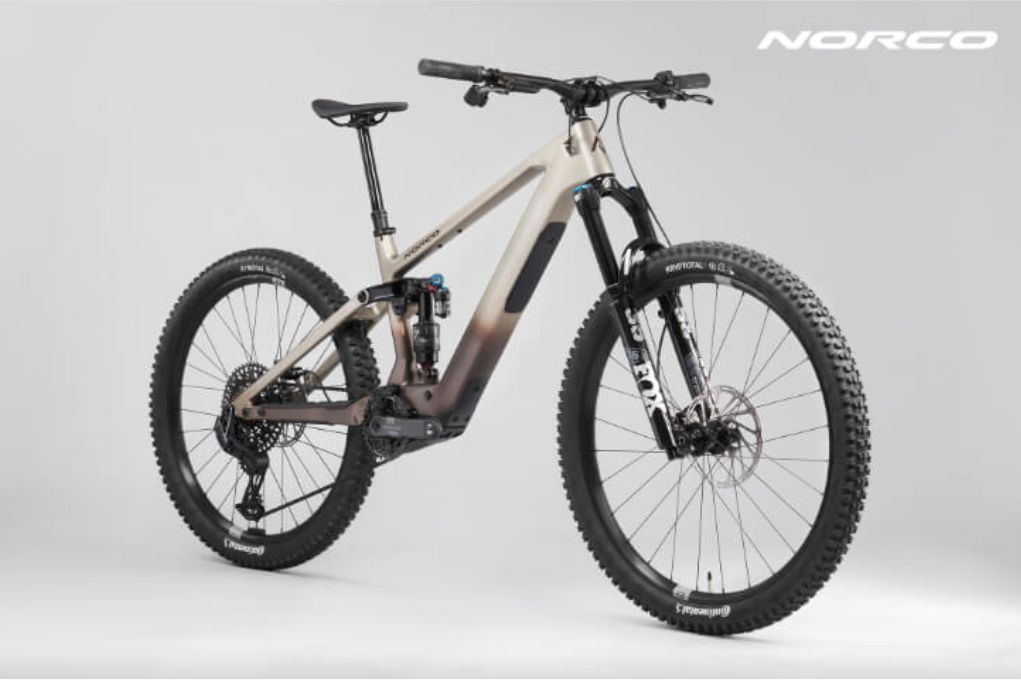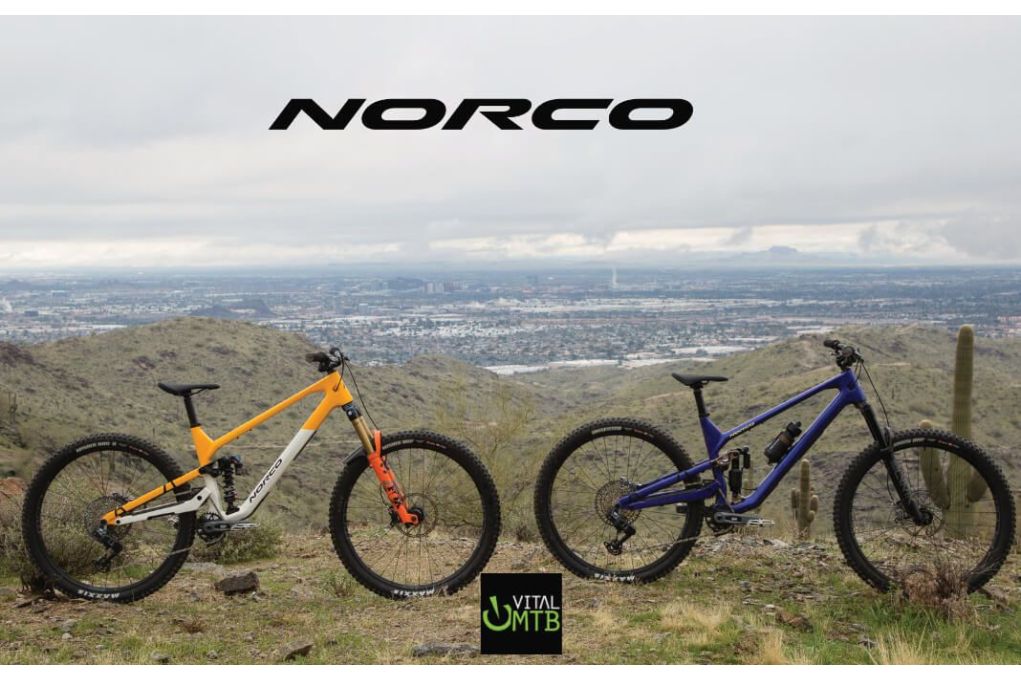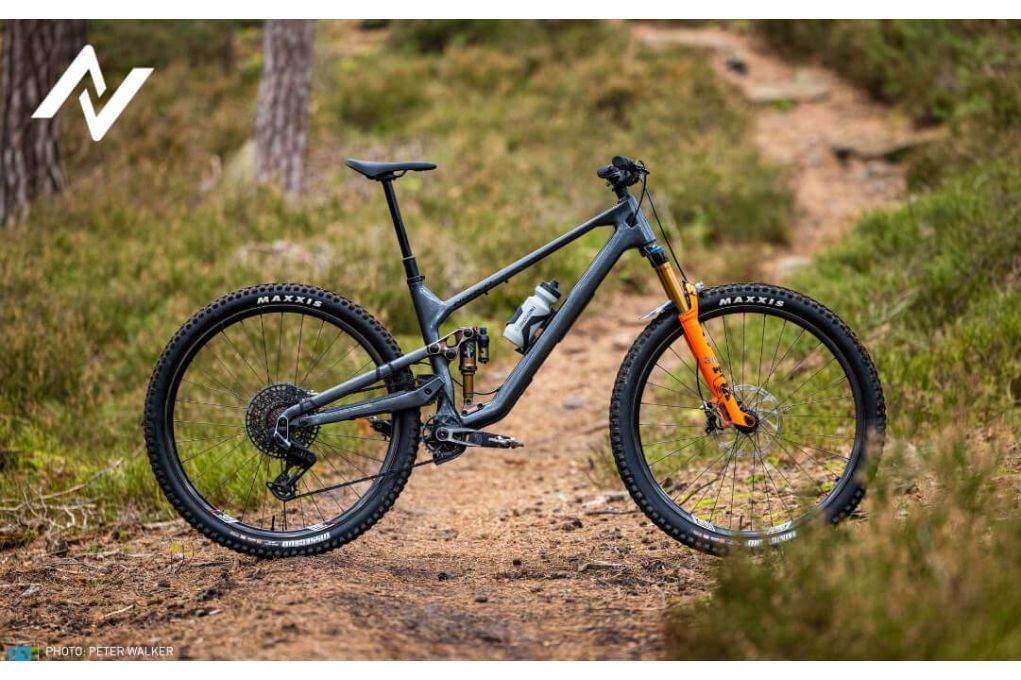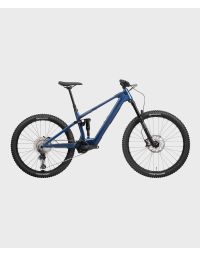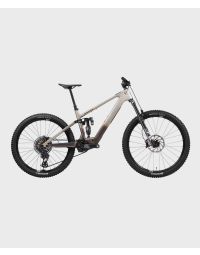ARMEGA SP25
Review: Flow Mountain Bike - Norco Fluid VLT Bike

Flow Mountain Bike has reviewed the Norco Fluid VLT Bike. Here is what they had to say:
Following two years of development, the Norco Fluid VLT has arrived as the first lightweight electric mountain bike from the Canadian brand. Adding to the excitement, it was also one of the first e-MTBs to be announced with the new Bosch Performance Line SX motor.

Norco has good form in the e-MTB scene, having earned plenty of popularity since launching the original Sight VLT all the way back in 2019. Over the years the brand has developed a reputation for producing robust bikes that lean towards the more aggressive side, and it’s well known for pushing the envelope when it comes to suspension and size-specific geometry.
How would that reputation translate to an e-MTB that’s been optimised for weight? We were eager to find out, so we got our hands on the new Norco Fluid VLT to put to the test.

An overview of the Norco Fluid VLT
The Norco Fluid VLT is a lightweight e-MTB that’s designed for aggressive, fast-paced trail riding. It’s essentially an electrified version of the regular Fluid, albeit with several notable differences.
For a start it’s built exclusively around a mixed wheel setup with a 29in front wheel and a 27.5in wheel at the rear. Norco says it did consider a full 29er, but the desire to make the chainstays sufficiently short, especially on smaller frame sizes, meant that the mullet setup won out.
Most Fluid VLT models are equipped with a 150mm travel fork and 140mm of rear travel. The exception is the top-of-the-range C1 130 model, which shrinks travel down to the same 140/130mm configuration as the non-motorised Fluid.
The four-bar suspension platform is much the same between the Fluid and Fluid VLT, though here the chunky rocker link drives the rear shock via a trunnion bearing mount to help improve sensitivity. Norco also states that the Fluid VLT features a slightly lower level of anti-squat. This is said to optimise rear wheel grip over pedalling efficiency, the latter of which is less crucial since the motor helps to smooth out chain torque in the first place.

The SX motor produces less peak torque at 55Nm, but if you spin the pedals fast enough it’ll reach the same 600W peak power output as the CX drive unit. It manages to do this while being considerably smaller in profile and almost a kilo lighter.
Norco pairs this with a 400Wh internal battery, which drops a further 1.5kg of weight. This contributes to a notably slimmer, fully enclosed downtube that improves the aesthetics while helping to further save weight.
Sizing & fit
To suit my height of 174cm, Norco recommends the S3 size for the Fluid VLT. Looking at the geometry chart however, my preference was for the shorter reach of the S2 so that’s what I requested.
I’m glad I did too, as it fits like a glove. I’ve no complaints from the 447.5mm reach or 619mm stack, and there’s a decent number of headset spacers for adjusting the stem height. The stock bars are very wide though, so I chopped those down to my preferred width of 760mm.
Suspension setup
Norco is undoubtedly leading the way when it comes to suspension setup thanks to its comprehensive Ride Aligned guide. Input your height and weight into the online calculator, and you’ll be presented with recommendations for everything from volume spacers and damper settings, through to suggested cockpit setup and tyre pressures. This gives you a great place to start, and you can fine-tune further by adjusting several parameters that factor in your riding position and terrain.

I started out with the default settings for my 67kg riding weight, which produced a slightly firmer and slower suspension feel than what I was looking for. This would be ideal for smoother trails, but with my local terrain being quite rocky and loose, I’d need to tweak the sliders to account for my preferences.
Norco Fluid VLT weight
Our Norco Fluid VLT C2 140 test bike came in at 19.68kg without pedals and with the tyres set up tubeless.
It’s not the lightest e-MTB we’ve tested, though it’s worth noting that the top-end C1 130 model is claimed to weigh just 18.1kg. It does this with a more weight-focussed build kit that includes a RockShox Pike fork, an in-line shock, numerous carbon components and SRAM Level brakes.
What do we dig about the Norco Fluid VLT?
Despite not being the lightest e-MTB out there, I’ve been really impressed with the agile character of the Norco Fluid VLT. The weight is well-placed on this bike, with less mass up at the head tube thanks to the shorter 400Wh battery. Combined with the mullet setup and short chainstays, it initiates turns and rips corners with absolute ease.

I’m glad I went for the S2 size, which feels nicely balanced and intuitive. I certainly wouldn’t want the wheelbase to be any longer, which would make it harder to pick up the front wheel.
The Fluid VLT’s rear suspension is otherwise smooth and highly stable. The Float X2 is a tremendous performer, keeping the bike steady through choppy terrain. Along with its consistency on long and rough descents, the impressive dynamic stability stands as a key advantage over a smaller inline shock. There’s masses of control at speed, with the suspension soaking up harsh, ill-timed landings calmly and comfortably.
High power potential
The Norco Fluid VLT would prove to be my first proper long-term test of the Bosch SX motor, and I have to say I am mighty impressed. We’ll have a separate review coming on this system in the near future, but there’s already a lot to talk about.

Range testing with the Norco Fluid VLT
Given the powerful Bosch SX motor, I was curious to see how much range could be squeezed out of the 400Wh internal battery.
I mostly used the eMTB mode on my usual test loops, and I’d typically achieve a 33-42km ride with 1,000-1,100m of elevation gain before the battery would run flat.
Of course this is very much dependent on terrain. To demonstrate the variability, I did a much flatter ride on the less powerful Tour mode and ended up riding over 70km with 600m of climbing.Frame & motor details
Overall the Norco Fluid VLT has proven to be tight and quiet throughout testing. The chunky frame features simple pivot hardware and big sealed cartridge bearings. And while it is necessary to drop the motor out to replace the dropper or gear cable, mercifully there’s no headset funny business with the control lines routed into the downtube via conventional ports.
Norco has built in a good amount of frame armour with a full coverage chainstay protector that integrates into the dropout pivot. There’s also a mudflap over the main pivot, a bolt-on downtube shuttle guard, and a proper metal skid plate underneath the motor.
Flow’s Verdict
While the Norco Fluid VLT may be late to the lightweight e-MTB game, the Canadian brand’s patience has surely paid off.
Choosing to build it around the Bosch SX system was a smart move. The compact motor delivers masses of power and a highly responsive feel that sees it performing remarkably close to a conventional full-powered e-MTB, albeit with a significant weight advantage. Combined with its mullet setup, excellent geometry and supportive suspension, the Fluid VLT is a wickedly fun bike to ride on fast and flowy trails.
Its sturdy chassis and capable build kit means it can handle some pretty rowdy riding, though it could benefit from a touch more travel to master rougher terrain. We’d also recommend fitting some stickier and chunkier tyres to make the most of the Fluid VLT’s cornering panache and high-speed poise.
That aside, the Fluid VLT delivers a lively and playful ride quality that underscores the handling advantages a lightweight e-MTB offers over a full-powered equivalent. If you’ve been tempted by the genre but have been put off by under-powered motors, you’ll no doubt want to take a very close look at the Fluid VLT.
Read the full article here
